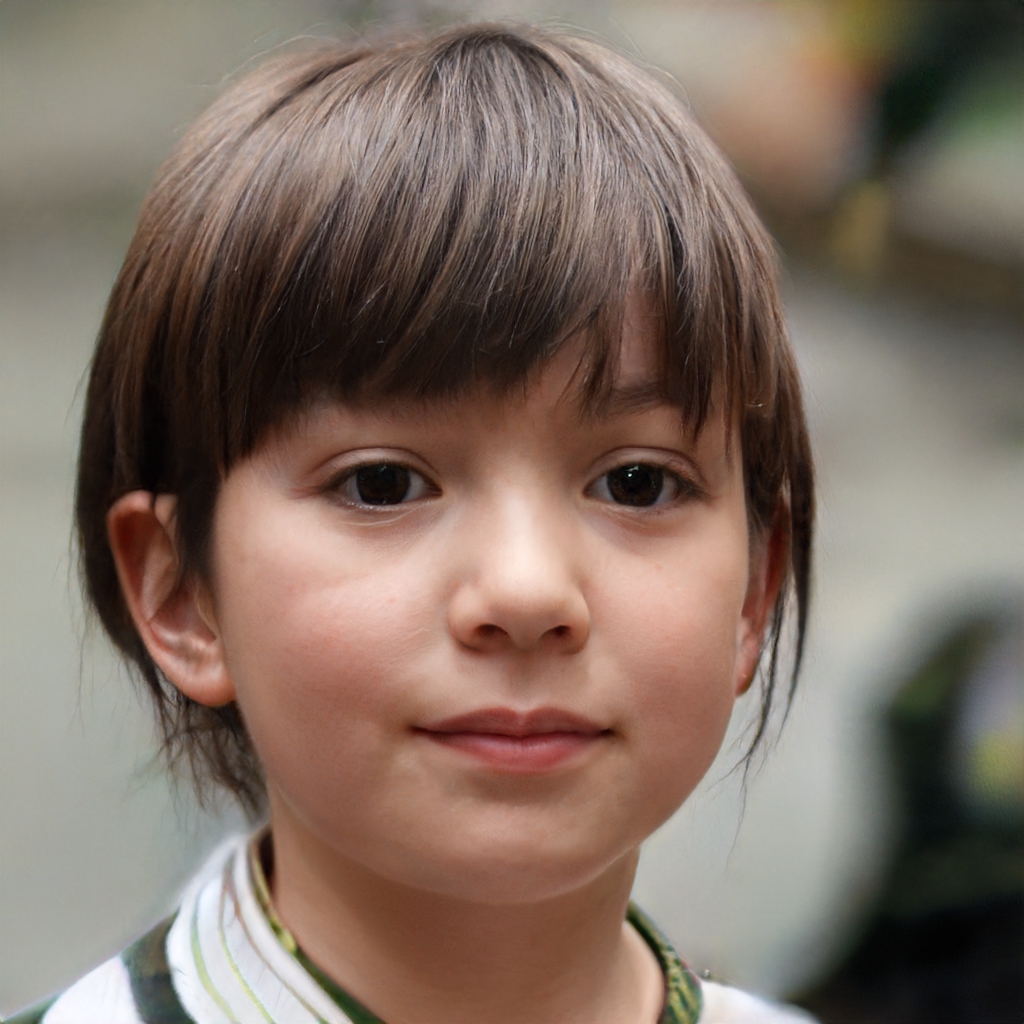Technology for 3D printing could be transformed thanks to a discovery made about a particular species of mollusk. Rubber boot chitons have teeth formed from a rare mineral, which is useful for creating special inks.
The Pacific is home to the rubber boot chiton, scientifically known as Cryptochiton stelleri, a round, reddish-brown mollusk that crawls along coastlines and scrapes algae off rocks with its tiny, tough little teeth. It was in the teeth of this animal species that scientists made an interesting discovery: the stylus, the long, hollow structure that connects the teeth to the membrane, contains tiny particles of santabarbaraite, a rare iron-based mineral that could be useful in creating a durable ink for 3D printing.
What is santabarbaraite and why it may be useful for 3D printing
Santabarbaraite makes light, yet extremely strong, root chiton teeth in rubber boots. It is among the hardest minerals ever found in nature and until now had only been found in a few rocks. Analyzing how santabarbaraite integrates into mollusk teeth can help researchers understand how these animals feed, but also help discover new techniques to advance 3D printing technology.
The results of the studies were published in Proceedings of the National Academy of Sciences. When analyzing the teeth of Cryptochiton stelleri, scientists used a variety of advanced imaging techniques, such as microscopy and spectroscopy. Although the strength of this mollusk species' teeth was already known, finding santabarbaraite particles within the stylus was quite unexpected.
This mineral "has never been seen before in a biological context," said Derk Joester, an expert at Northwestern University and senior author of the paper. "It has a high water content," he added, "which makes it strong with a low density. It is therefore thought that santabarbaraite can harden teeth without adding much weight.
The team also observed that the distribution of the mineral within the tissues that make up the stylus affected the stiffness of different parts of the hollow structure. They then wondered if the same principle could be used to produce stronger inks for 3D printing. The researchers produced a synthetic alternative to santabarbaraite using a chitin-like compound, as well as iron and phosphate. The ink seems to have worked well, and when printed immediately after mixing, it hardened as it dried. Depending on how much iron and phosphate you add to the mixture, the printed material could then become soft and rubbery or hard and stiff.
The animal world is an incredible source of discovery and knowledge for science, for example chicken eggs listen to everything around them, so even the human voice, while there is one species of ant that lives up to three times longer than the others.
